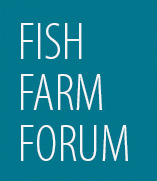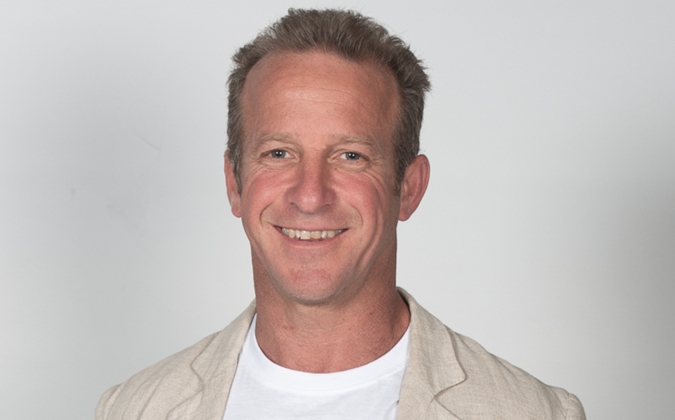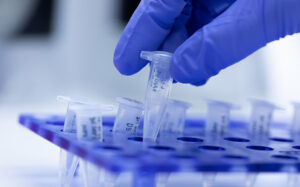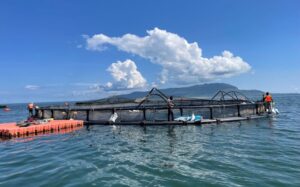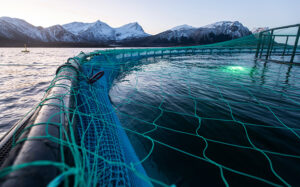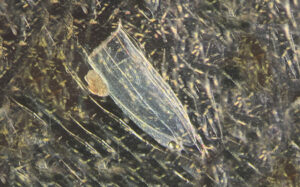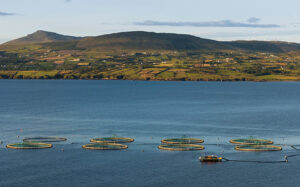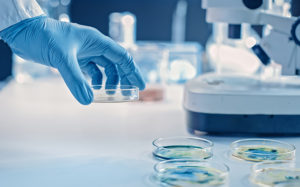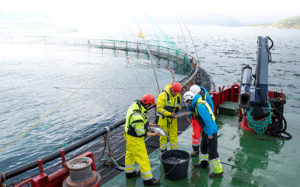The value of veterinarians in ensuring sustainability for Africa’s fast-growing aquaculture industry
Sub-Saharan Africa is enjoying an aquaculture boom — with fish health and welfare services moving in turn to meet the sector’s needs and ensure sustainable growth. In an interview, veterinarian Brandon Spolander, BVSc, MRCVS, SAVC, MSc, owner of Aquavet Africa, talks about engaging with the growing industry and addressing important gaps.
Fish Farm Forum is pleased to host this editorial page on behalf of Pharmaq.
PHARMAQ
SPONSOR
Scientists delve into rising incidence of mycobacteriosis on Norwegian salmon farms
Cases of mycobacteriosis, a serious disease affecting Atlantic salmon predominantly related to Mycobacterium salmoniphilum infections, appear to be on the increase in Norway.
Bringing aquaculture into mission to boost sustainable livestock production in Sub-Saharan Africa
An interview with Ben North, technical director, Global Commercial Development, Aquaculture Health
Helping Mediterranean fish farmers quickly identify disease issues
An interview with Emre Berke, DVM, PhD, field technical support associate for PHARMAQ.
Vaccine study offers new insight on Norway’s winter ulcer problem
In recent years, the Norwegian aquaculture industry has struggled against the rise of “variant” forms of Moritella viscosa, a bacterium which causes the disease winter ulcer in Atlantic salmon. This has led to concerns about the efficacy of existing vaccines against the pathogen.
Tackling jellyfish blooms affecting farmed fish in the British Isles
Tiny jellyfish have contributed to cases of gill disease in farmed Atlantic salmon in Scotland and Ireland in the past year, but early recognition and maintaining good general gill health are key to reducing the threat.
Race to control bacterial disease which threatens Irish salmon production
The bacterium Piscirickettsia salmonis, which causes the disease salmonid rickettsial septicemia (SRS) in Atlantic salmon, is becoming an increasing concern on fish farms in Ireland.
Reducing the need for live fish in vaccine research and development
Initiatives to avoid the use of live animals in research are happening across academia and industry worldwide, based on the “3 Rs” principles — replacement, reduction and refinement.
New tools can transform understanding of aquaculture’s microbiology
The microbiome of aquaculture systems has long been known to have a significant role in fish health and welfare issues, yet a full understanding of these interactions has often eluded experts.
